Ash as fertilizer: properties, types and application
Ash has been used as a fertilizer for a long time. It is inexpensive (depending on which wood is burned), easy to use, completely natural and rich in nutrients mineral fertilizer... He is especially loved by third-party organic farming.
As with any other fertilizer, ash cannot be applied uncontrollably. It requires compliance with certain rules and proportions in order for the effect to be maximized. It is necessary to take into account the type of plant, the type of soil on which it grows.
Content:
- Ash: composition and properties
- When to apply fertilizer
- Ash types for fertilization
- Ash application rules and norms
- Advantages and disadvantages
Ash: composition and properties
Ash is natural mineral fertilizer... It contains a large amount of minerals (except nitrogen) for the growth, flowering and fruiting of plants. Ash is especially useful for plants in which the upper, ground part (cucumbers, tomato, pumpkin, peppers etc.).
Ash as a fertilizer does not lose its popularity. It is very easy to use, and also easy to store and receive - it is enough to burn wood or other natural material.
The exact composition of the ash is difficult to determine, since it largely depends on the type of wood that was burned.
The approximate chemical composition of ash is always the same, but the proportions of minerals may vary depending on the type of wood:
- Calcium. Ash in any of its varieties contains calcium carbonate, calcium silicate, calcium sulfate, calcium chloride. Calcium is essential for normal plant growth. It is involved in the metabolism of carbohydrates and proteins, therefore, it is especially needed by young plants during the period of active growth. Calcium is also needed for normal functioning. root system... It affects the acidity of the soil by binding some acids. Thanks to calcium, other minerals and nutrients are better absorbed and assimilated by plants.
- Potassium. It is especially important to feed the plants with a fertilizer containing potassium, since most of it is contained in the cell sap and is easily washed out with water during irrigation and precipitation. Potassium is necessary for the normal course of the process of photosynthesis, carbohydrate metabolism, it increases the activity of enzymes and largely determines the quality of the fruit.
- Phosphorus. Phosphorus is an indispensable source of energy for the plant. It plays an important role in metabolism, photosynthesis, and is part of ATP. Adequate phosphorus is very important for normal fruit ripening and seed... It affects the quality of fruits, yield.
- Magnesium. Magnesium is essential for the normal process of photosynthesis and is part of chlorophyll. With a lack of magnesium, the leaves of the plant begin to turn yellow and fall off.
- Sodium. Sodium is responsible for the transport of carbohydrates, and also increases the resistance of plants to adverse environmental conditions and low temperatures.
When to apply fertilizer
Experienced gardeners use fertilizers depending on the growth stage of the plant, the lunar calendar, etc. However, most often it is recommended to look at the condition of the plants. They themselves give signals when they lack any minerals.
Most of all, ash contains calcium and potassium, therefore, this fertilizer is most often used when there are signs of a shortage of these particular substances.
It is important to closely monitor the condition of the plants in order to recognize the signs of mineral starvation in time:
- Leaves turn white and deformed. If you notice that the leaves on the plant began to lighten, lose their green color, the edges are bent, this most likely indicates a lack of calcium.
- Casting withers ahead of time, but does not fall off, some flowers lose their aroma. These are sure signs of a potassium deficiency. There is not much of it in the ash, but it is quite enough to normalize the carbohydrate metabolism in the plant.
- The leaves turn brown, turn red, darken. This is a sign of phosphorus deficiency. Ash contains little of it (often no more than 6%). If the signs of phosphorus deficiency are very clear, it may be worth feeding the plant with phosphorus fertilizer.
- Tomatoes ripen, but dark spots appear on them. Fruits suffer from a lack of calcium. In this case, ash is simply irreplaceable, it contains a large amount of calcium and will quickly fix the problem if the stains are not the result of fungal diseases (you should inspect the leaves and stems for signs of damage; with calcium starvation, spots will only be on the fruits).
- Plant growth has stopped, leaves potatoes collapse. These can be signs of both potassium and magnesium deficiency. In any case, ash will help solve this problem. Magnesium and potassium are usually inextricably linked and are responsible for plant growth together. With a lack of potassium, ammonia begins to accumulate in the plant, which inhibits growth and negatively affects the foliage.
- Potatoes blooms, but the peduncles quickly fall off. A similar phenomenon is characteristic of calcium deficiency. Especially important for the formation seedlings calcium sulfate, which is responsible for the formation of flowers. In wood ash, it is about 14%.
Ash types for fertilization
Depending on the type of ash, its composition and the ratio of minerals in it change. It is necessary to choose one or another type taking into account the type of soil, the plant itself. You can adjust the composition yourself fertilizers, choosing one or another type of ash, a certain type of wood for combustion, if wood ash is selected.
Description and characteristics of ash types:
- Woody. The most common type of ash. It is easy to obtain by burning a certain type of wood. As a rule, wood ash contains the highest amount of potassium, calcium and phosphorus, but its composition can be adjusted by choosing the type and age of the burned wood... With the help of wood ash, you can regulate the acidity of the soil, slightly reducing it. Hardwoods, especially young birches, when burned, form ash rich in potassium. Conifers contain more phosphorus when burned. Hard rocks contain more potassium than soft rocks. If the lack of potassium in the soil is very noticeable, it is better to choose elm for burning. The younger the tree, the more potassium there will be in the ash.
- Thatched. Such ash is also called plant residue ash. To obtain such fertilizer, you can burn not only straw, but also dry leaves, grass and even potato tops. This fertilizer contains a lot of potassium, slightly less calcium and even less phosphorus. However, in any case, straw ash contains less potassium than wood ash.
- Peat. Peat ash contains a lot of calcium, but little potassium and phosphorus, so it is used on soils with high acidity with a sufficient content of potassium and phosphorus. Peat ash is called lime fertilizer because of its high calcium content. It is not recommended to use it on clay soil, here it will do more harm than good.
- Coal. This is not the most common type of fertilizer. Such ash contains sulfur, but not enough other minerals (calcium, potassium, phosphorus). Coal ash can increase soil acidity.This ash contains a lot of silicon, which makes it possible to use it on clay soils, but not as fertilizer, but to soften and improve its structure. For acidic and sandy soils, such ash is not suitable.
Ash application rules and norms
Ash can only be beneficial if properly selected and used. Ash can be used as fertilizer for many horticultural crops, both vegetables, fruits and berries. So, ash can be safely used for feeding potatoes, tomato, cucumbers, apple trees, strawberries, strawberry, grapes, pears, apricots, plums.
In order for such feeding to be as effective as possible, it is necessary to adhere to some rules for fertilizing with ash:
- If the soil is heavy, clayey, then fertilizers are applied not to the surface, but to a depth of 20 cm. Any type of ash can be used, except peat ash, it will further compact the soil.
- It is worth remembering that ash is very easily washed out by precipitation. Therefore, it is better to apply it in late spring, when the rains are rare, or just before planting the plant.
- If you want to neutralize acidic soil, choose wood ash. Apply it in the fall before wintering. Such a procedure will not only affect the acidity of the soil, but will also contribute to an increase in the frost resistance of plants.
- Ash can be added both in dry form and in the form of a solution. To prepare a solution, you need to mix 100 g of ash and 10 liters of water. The ash will not dissolve, so this fertilizer should be applied with constant stirring. It is worth remembering that in the form of a solution, the concentration of minerals decreases.
- If you have prepared ash for future use, it can only be stored in a dry room. The concentration of minerals in the fertilizer decreases due to moisture.
- As a rule, dry ash is applied to the soil at a rate of 200-300 g / m2. The rate may vary depending on the composition of the soil. The effect of the applied fertilization will last up to 4 years.
- You can not apply nitrogenous fertilizers and ash at the same time. Fertilizer efficiency will decrease significantly. Nitrogen can be added no earlier than a month after feeding with ash.
- Do not use artificial materials, wood covered with varnish or paint for incineration. Such ash is not suitable for fertilization.
- Ash can be used to improve germination seed... To do this, the ash is dissolved in water, infused for a day, and then the seeds are soaked in it.
Advantages and disadvantages
With proper use and preparation of ash, it has practically no drawbacks. Among the main advantages of this fertilizer are
- Safety and naturalness. Ash is safe for humans when used, it does not emit strong odors, does not burn when it comes into contact with the skin. Natural ash is beneficial and safe for plants if only pure natural materials are burned without chemical dyes and synthetic substances.
- Ash will be cheaper than other fertilizers, organic and mineral... It is economically used and can be stored for a long time. You can cook it yourself or buy it ready-made in a specialty store.
- Another advantage of ash is its protective properties. It can be used as a means of protection against pests... If you sprinkle ash around the plants, slugs and snails will no longer be harmful. Ants also do not like ash, wireworms, flies, whites.
- With the help of ash, you can also fight fungal diseases if you spray the plants with a solution.
More information can be found in the video:
Some of the disadvantages include a slow effect, especially when dealing with pests. But it is worth remembering that ash is a natural substance, not a pesticide, and it cannot act instantly, but it does not harm plants and is completely safe to use. If the plants are severely affected by fungus or pests, it is worth using chemicals to preserve at least part of the crop.
It is worth remembering that wood ash reduces the acidity of the soil, which may not be useful for all plants.
Some crops grow better when the soil is acidic. These plants include some flowers (rhododendrons), as well as berries (blueberry).
Do not use plastic containers to collect ash. Ash can remain hot for a long time, even if it appears to be cold. You can not only spoil the plastic container, but also disrupt the composition of the ash, since the plastic releases toxic substances. Better to prefer metal buckets.



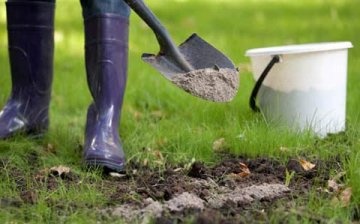
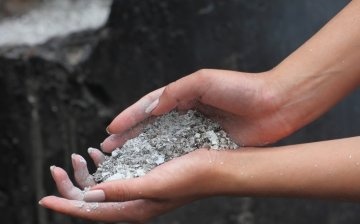
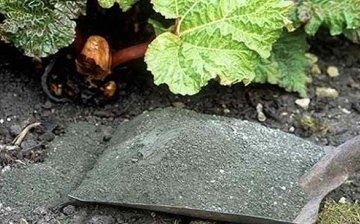
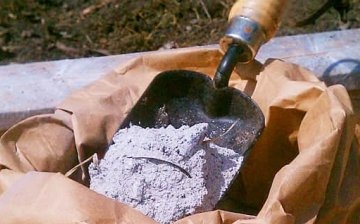
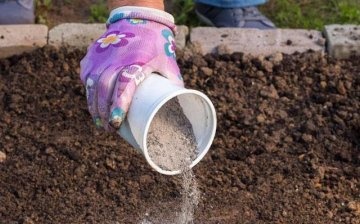
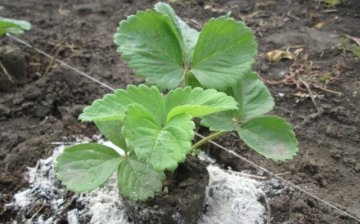






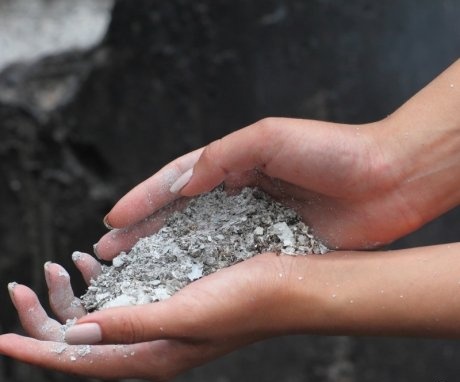
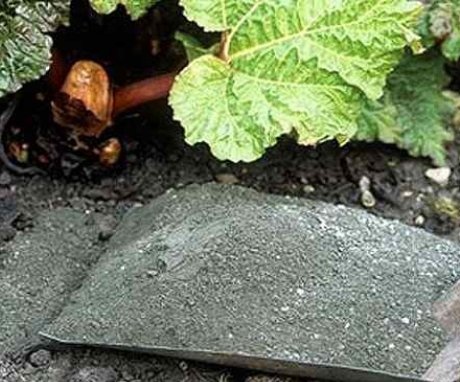
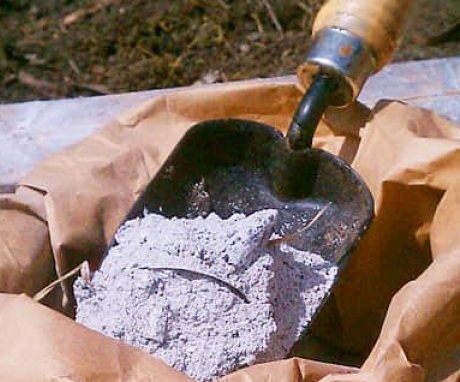
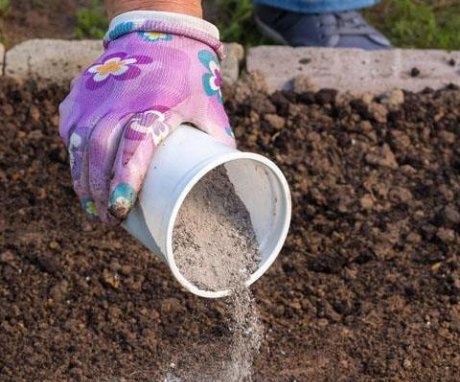
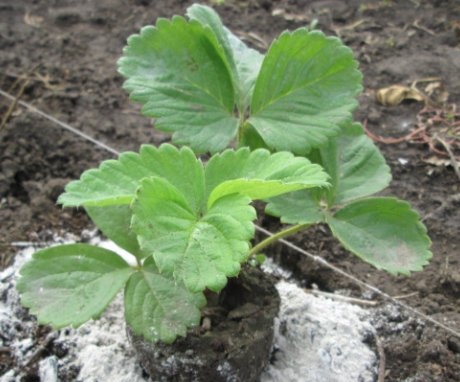
I regularly use ash as fertilizer, for this I burn dried tops and weeds, and bury the ash in the ground when digging, most often I also add manure. I think that I am simply returning to the soil the substances consumed by it during the growing season.